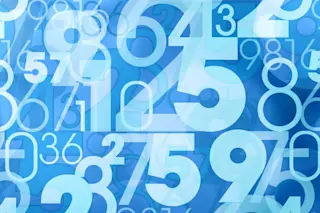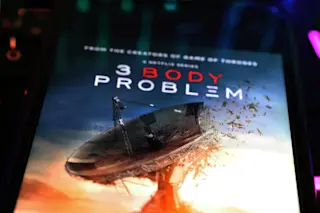A third of the way into A Beautiful Mind, the recent film about mathematician John Nash, a sexy blonde and four brunettes walk into a bar, batting their eyelashes. After a bit of ogling, Nash and his number-minded friends decide to compete for the blonde. Then Nash has second thoughts. If everyone goes for the same woman, he says, we'll just end up blocking each other out and offending the rest of the women. The only way for everyone to succeed is to ignore the blonde and go for the brunettes instead.
The scene is an attempt to illustrate Nash's most important contribution to game theory—the Nash equilibrium. Nash showed that in any competitive situation—war, chess, even picking up a date at a bar—if the participants are rational, and they know that their opponents are rational, there can be only one optimal strategy. That theory won Nash a Nobel Prize ...














